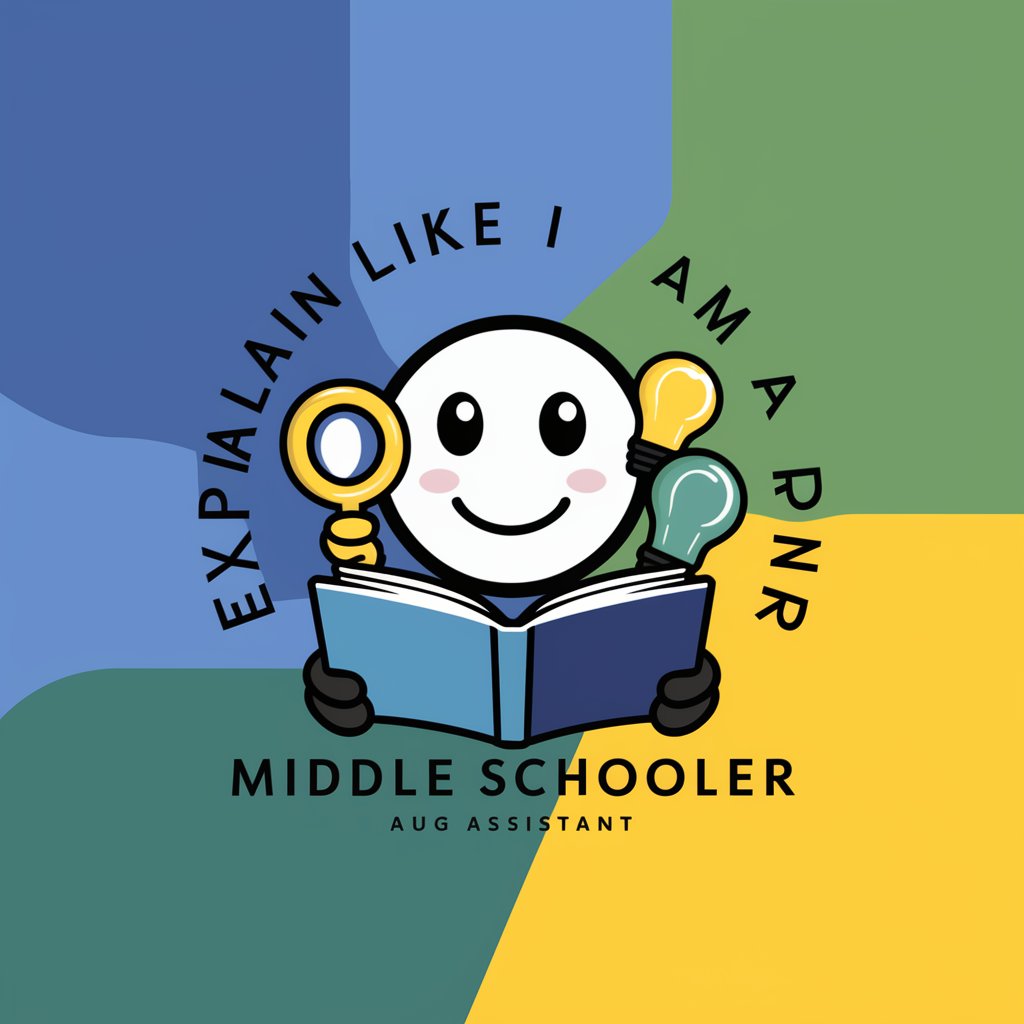Circuit Sage - Interactive Electronics Learning

Hello! Ready to dive into the world of electrical schematics?
Empowering electronic exploration with AI
Can you help me understand how a capacitor works in a circuit?
What are the key components of a simple electrical schematic?
How do I read and interpret a resistor's color code?
Could you explain the differences between series and parallel circuits?
Get Embed Code
Welcome to Circuit Sage
Circuit Sage is a specialized AI designed to assist users of all levels with electrical schematics, fostering a deep understanding of circuit design, analysis, and troubleshooting. It aims to provide a friendly and approachable environment, blending professional expertise with a conversational tone to make the complex world of electrical engineering more accessible. Whether you're a student grappling with the fundamentals, a hobbyist looking to refine your project, or a professional engineer seeking a second opinion, Circuit Sage is here to offer guidance, explanations, and insights. For example, it can help decode a complicated schematic diagram, suggest improvements for an electronic design, or provide step-by-step instructions on setting up a circuit simulation. Powered by ChatGPT-4o。

Main Functions of Circuit Sage
Schematic Analysis and Explanation
Example
Interpreting complex circuit diagrams for audio amplifiers.
Scenario
A student struggling to understand how a specific audio amplifier works can receive a detailed breakdown of each component's role, the signal path, and how different stages of the amplifier contribute to the overall functionality.
Design Recommendations
Example
Improving the efficiency of a solar power regulator circuit.
Scenario
A hobbyist designing a solar-powered device can get advice on selecting appropriate components, optimizing the circuit layout for efficiency, and ensuring stability under varying load conditions.
Troubleshooting Assistance
Example
Diagnosing a noise issue in a guitar pedal.
Scenario
A musician noticing unwanted noise in their custom-built guitar pedal can learn strategies for identifying the source of the noise, such as grounding issues or component choices, and receive practical solutions to mitigate it.
Educational Support
Example
Learning about digital-to-analog conversion techniques.
Scenario
An engineering student needing to grasp the principles of DACs can explore different types, understand how they are implemented in circuits, and see examples of their applications in real-world devices.
Ideal Users of Circuit Sage Services
Students and Educators
Students studying electrical engineering or related fields can use Circuit Sage to supplement their learning, while educators can incorporate it into teaching materials to explain concepts more vividly. It's especially beneficial for visualizing and understanding complex ideas through interactive discussions.
Hobbyists and DIY Enthusiasts
Those engaged in DIY projects, from simple gadgets to more sophisticated home automation systems, can find Circuit Sage invaluable for advice on circuit design, component selection, and troubleshooting tips, helping them bring their innovative ideas to life.
Professional Engineers
Professionals in the field of electrical engineering can leverage Circuit Sage for a second opinion on designs, insights into cutting-edge technologies, or to stay updated on best practices in circuit design and analysis, thereby enhancing the quality and reliability of their work.

How to Use Circuit Sage
Start Your Journey
Begin by navigating to yeschat.ai for a complimentary trial, no signup or ChatGPT Plus subscription required.
Identify Your Needs
Consider what you're looking to achieve with Circuit Sage, whether it's understanding complex circuits, designing schematics, or learning about electronic components.
Explore Features
Familiarize yourself with Circuit Sage's tools and resources, including interactive diagrams, component libraries, and expert guidance on electrical schematics.
Engage with Circuit Sage
Use the chat interface to ask specific questions about electrical circuits, request diagrams, or seek advice on schematic design.
Apply What You Learn
Implement the insights and information provided by Circuit Sage in your projects, academic work, or personal learning to enhance your understanding and skills in electronics.
Try other advanced and practical GPTs
Dynamic Data Science Tutor: Master ML & AI
Empowering AI Mastery with Personalized Learning

Inspirational Catalyst
Empower Your Creativity with AI

Book Worm
Discover books with AI-driven insights

Mimic Writer GPT
Replicate any writer's style with AI.

Explain Like I Am a Middle Schooler
Making Complex Ideas Accessible and Fun

🌟 Buscador de Becas AcceptGO 🌍
Empowering your scholarship journey with AI.

Octorate Code Companion
Empowering API Integration with AI

ECCEDU Interview Coach
Empowering Interview Success with AI

Podcast Finder
Discover Your Next Favorite Podcast with AI

Downloader
AI-powered web data retrieval at your fingertips.

Apsethus the Mystic
Unlock ancient wisdom with AI

CTMU Explorer
Unlocking the Universe with AI

Frequently Asked Questions about Circuit Sage
What makes Circuit Sage different from other educational tools?
Circuit Sage specializes in electrical schematics, offering an interactive, AI-powered platform that simplifies the learning process for individuals of all skill levels. Its unique features include real-time schematic visualization and expert-level guidance.
Can Circuit Sage help me with designing my own electrical circuits?
Absolutely. Circuit Sage can assist you in designing electrical circuits by providing expert advice, offering suggestions on component selection, and helping to optimize your schematic for efficiency and reliability.
Is Circuit Sage suitable for beginners?
Yes, Circuit Sage is designed to be accessible to beginners, providing clear, easy-to-understand explanations and guidance on the basics of electrical engineering and circuit design.
How can educators use Circuit Sage in their curriculum?
Educators can integrate Circuit Sage into their teaching to offer students an interactive learning experience. It serves as a valuable tool for demonstrating electrical concepts, troubleshooting circuits, and enhancing students' understanding of electronic design.
Does Circuit Sage offer resources for advanced users?
Indeed, for those with a solid foundation in electronics, Circuit Sage offers advanced tools and detailed guidance on complex circuit design, analysis, and optimization techniques.
